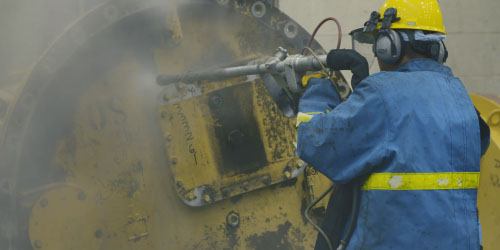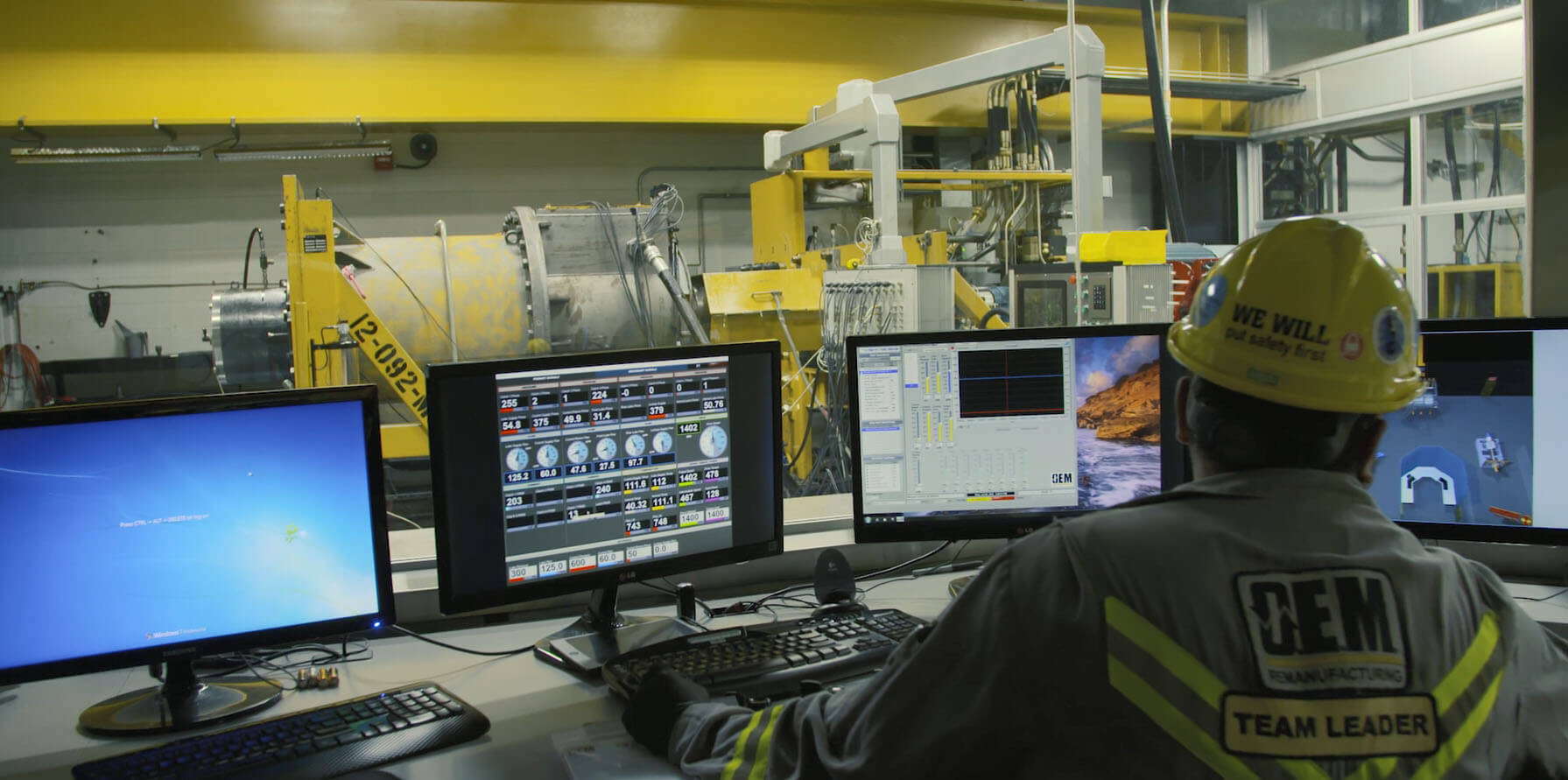
Finning created the Exchange Program foreseeing the need to provide customers with an alternative to new parts. The remanufacturing process started with rebuilding electrical, fuel injection and undercarriage components, but with the opening of OEM Remanufacturing, it has evolved to encompass the remanufacturing of engines, powertrain components, cylinders, and expanded mining products.

Share This